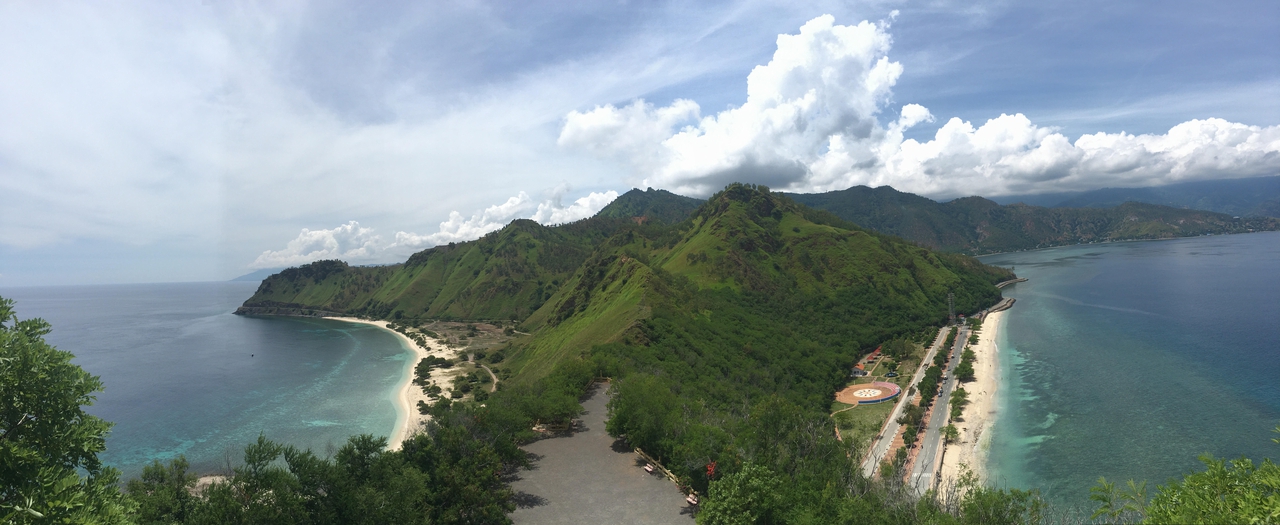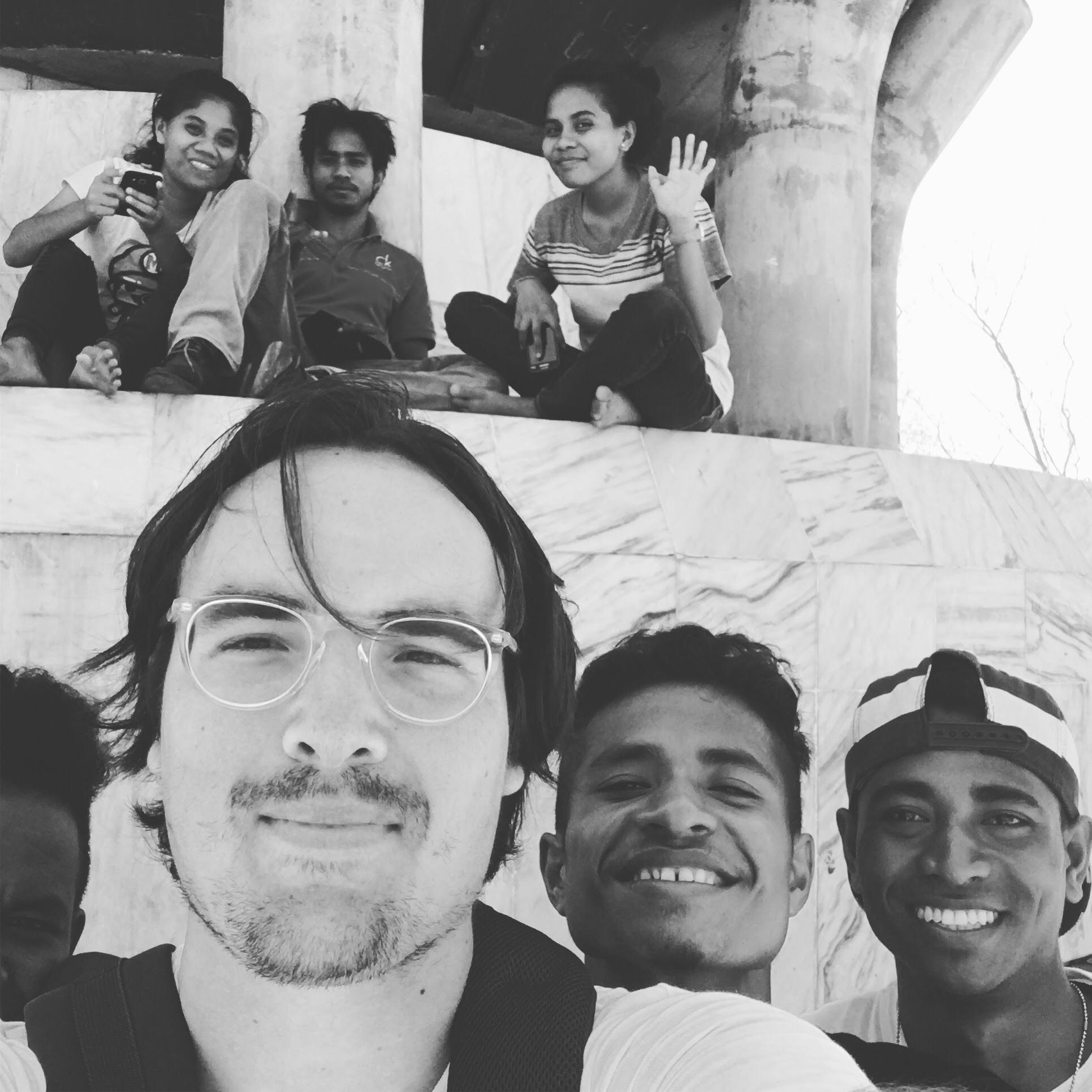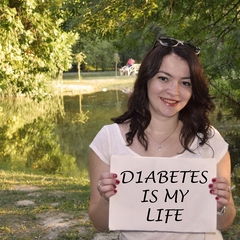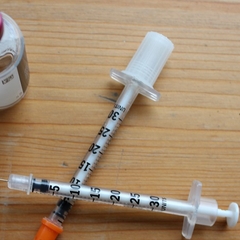
Type 1 Diabetes on a Small Island
22 Nov 2017, 3:22 p.m. in by Josh Visnaw
Living with type 1 diabetes in the United States for over 15 years has certainly brought forth many challenges. For some time, I treated my diabetes with exceptional stubbornness, not interested in seeking others who encounter the same obstacles.
Reality set in at age 24, when I experienced three severe and debilitating hypoglycemic spells, seemingly out of nowhere, while living in New Orleans. Without colleagues on the job, the outcome could have been far worse than a hazy afternoon on the couch in recovery. Luckily, because of a solid healthcare plan through my employer, I accessed comprehensive care and treatment at a diabetes clinic, which offered a myriad of specialists, peer-to-peer support and continuous glucose monitoring. Through this treatment, I was able to make an informed decision and switched from Humalog/Humulin to a Novolog/Lantus pen regime, which has drastically changed my life.
Fast forward seven years and I have traded the humid bayou for the scorching sun of tropical Timor-Leste, which is a nation that occupies half of the island of Timor, nestled in the far corner of Southeast Asia. The country endured profound brutality, from a genocide on behalf of Indonesia beginning in the 1970s, which cost hundreds of thousands of lives, to the hundreds of years of colonialization and marginalization from the Portuguese and Dutch. However, after a referendum in 1999, independence was regained, and Timor-Leste was the first country established in the new century in 2002.

While Timor-Leste has made significant progress since its’ independence, stark inequality and suffering persists for a population of approximately 1.3 million. Following independence, over 70% of all buildings and infrastructure were destroyed and virtually the entire health workforce vanished. Currently, almost 40% of the country lives below $1.25 USD per day and major public health crises include the highest rate of teen pregnancy in Southeast Asia, hunger, malnutrition and domestic violence.
As is the case in a great deal of developing countries, availability and existence of data provides a challenge to addressing issues of public health, in particular diabetes. The only study I am aware of was commissioned in 2014, where 283 adults were tested and examined at the National Eye Centre. The study concluded that nearly 15% of adults in Timor-Leste had some form of diabetes, and cited most patients were undiagnosed, and that the management of people known to have diabetes was largely inadequate.
Thankfully, there are committed individuals who aim to support the many struggling with diabetes in Timor-Leste. Silvia Huebner is responsible for the nation’s first diabetes clinic, and regularly treats patients at the National Hospital in Dili, with assistance from Timorese health professionals. Observing the work at the clinic gives me hope, but also provides immense frustration, with various larger NGO stakeholders that push agendas from New York or Geneva, ignoring the plight of the suffering who are on the other side of their posh living compound walls.
Since being loosely involved with Silvia and the diabetes clinic, I was introduced to her close friend from Portugal, whose 7-year-old daughter wears an insulin pump. One of the many privileges of living in Timor-Leste as an expatriate is the opportunity to interact and learn from people of different nationalities and cultures. In this instance, Silvia’s friend spoke passionately about how thankful she was that Portugal valued access to insulin as a human right, as she watched her daughter play inside the United States Embassy. She mentioned that they received a surplus amount of her medication and testing supplies at no cost and was kind enough to show me how the continuous glucose monitoring system worked -- which looked like a small band-aid. It was an opportune moment to make a joke about American exceptionalism, and we laughed together, though I took an extra sip of my beer, thinking of the embarrassing state of healthcare back home.
My reality as a type 1 diabetic is undoubtedly tough, living in a remote, developing nation. I’ve rationed insulin and testing strips on multiple occasions, not knowing when exactly I’ll have access to these essential supplies. What brought me to Timor-Leste was the opportunity to serve as a Fulbright Public Policy Fellow.
While I have received generous funding from the US State Department, healthcare was excluded. I remember waiting to hear back after submitting all the necessary medical documents for final approval before departing in August 2016. The email from the State Department issued that I had passed my medical screening, but that I would need to cover all the costs of my essential medical supplies and treatment myself. To me, this was the equivalence of being thrown a life preserver and watching the rescue boat drive off. But, after spending time at the National Hospital in Dili, I feel fortunate to have that preserver and look forward to the opportunity of being an ally for those who are disadvantaged in Timor-Leste.
Josh is a T1International Trustee who has been living with type 1 diabetes since he was 15 years old. He recently finished a Fulbright Public Policy Fellowship in Timor-Leste where he was working to expand educational opportunities. He had three periods without health coverage in his lifetime, but he knows there are others who face harsher circumstances. Josh is passionate about advocating for marginalized type 1s, and he looks forward to the day when healthcare and insulin are viewed by everyone as a human right.







